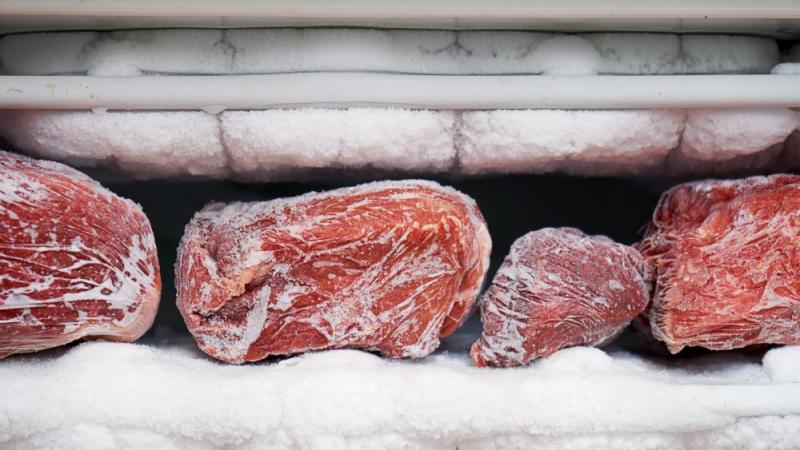Frozen meat is being used more often in homes as a practical approach to preserve food and lengthen its shelf life. But it’s important to understand that eating frozen meat has hazards and health issues. We’ll look at some lesser-known problems with frozen meat in this post and provide advice on how customers may reduce any health hazards.
Bacterial Contamination: An Ongoing Threat
Possible bacterial contamination is one of the main dangers of frozen meat. Only bacterial growth is halted when deadly pathogens like Salmonella are frozen. Since these harmful bacteria can result in foodborne illnesses that can be deadly, they represent a major risk to one’s health. To reduce this risk, frozen meat must be handled correctly. Frozen meat ought to be securely thawed out in the cooler rather than at room temperature to stay away from the formation of microorganisms. Meat requires a specific and consistent temperature for best quality. If you deal with frozen meat at commercial levels, then the best option for you is none other than a cold room or any freezer with a chiller door. Ensuring that meat is appropriately bundled and put away in a sterile climate is fundamental.
Freezer Burn: Aesthetic and Textural Impact
Freezer burn is a common issue faced when storing frozen meat, affecting both its taste and texture. The exterior of the meat loses moisture, leaving behind dry, discolored regions. Although freezer burn poses no health risks, it lowers the meat’s overall quality. Use only premium, airtight packaging designed specifically for freezing to avoid freezer burn. Extracting excess air from the packaging before sealing can also help prevent this occurrence. Additionally, labeling and dating packages can facilitate a “first in, first out” approach, reducing the risk of freezer burn.
Nutritional Degradation: Impact on Health Benefits
Frozen meat may experience some nutrient loss over time, affecting its overall nutritional value. As certain vitamins and minerals degrade during the freezing process, the health benefits of frozen meat can be compromised. To mitigate nutrient loss, freezing meat at its freshest state is vital. Opting for shorter freezing periods and consuming frozen meat within recommended timeframes can help retain more of its nutritional content.
Cross-Contamination: A Hidden Culprit
Handling frozen meat can inadvertently lead to cross-contamination, a significant concern in food safety. Pathogens from raw frozen meat can spread to other foods or surfaces in the kitchen, amplifying the risk of foodborne illnesses. Preventing cross-contamination necessitates careful practices. Store raw meat on the lowest shelf in the freezer to prevent drips onto other items. Thaw frozen meat in a separate container or tray to capture any potential liquid leakage. Regularly clean and sanitize utensils, cutting boards, and surfaces that come into contact with raw meat to curb any spread of harmful bacteria.
Quality and Taste Changes: An Unforeseen Outcome
The freezing process can affect the quality and taste of meat. Some cuts may experience texture changes, becoming tough or dry upon thawing. Additionally, certain meats may undergo flavor alterations when frozen. Maintaining better quality and taste requires consideration when choosing meat cuts to freeze. Opt for cuts that freeze well, such as steaks, roasts, and ground meat. Limit the number of times meat is frozen and thawed to preserve its taste and texture. Pre-marinating or seasoning the meat before freezing can enhance its flavor after thawing.
While frozen meat provides convenience and extends shelf life, it is crucial to be aware of the hidden risks and health concerns it poses. Proper handling, storage, and thawing techniques are essential in minimizing bacterial contamination, cross-contamination, and nutrient loss. By understanding and adopting safe practices when dealing with frozen meat, consumers can enjoy its convenience without compromising their health and well-being.





 What To Expect During A Professional Mold Inspection
What To Expect During A Professional Mold Inspection